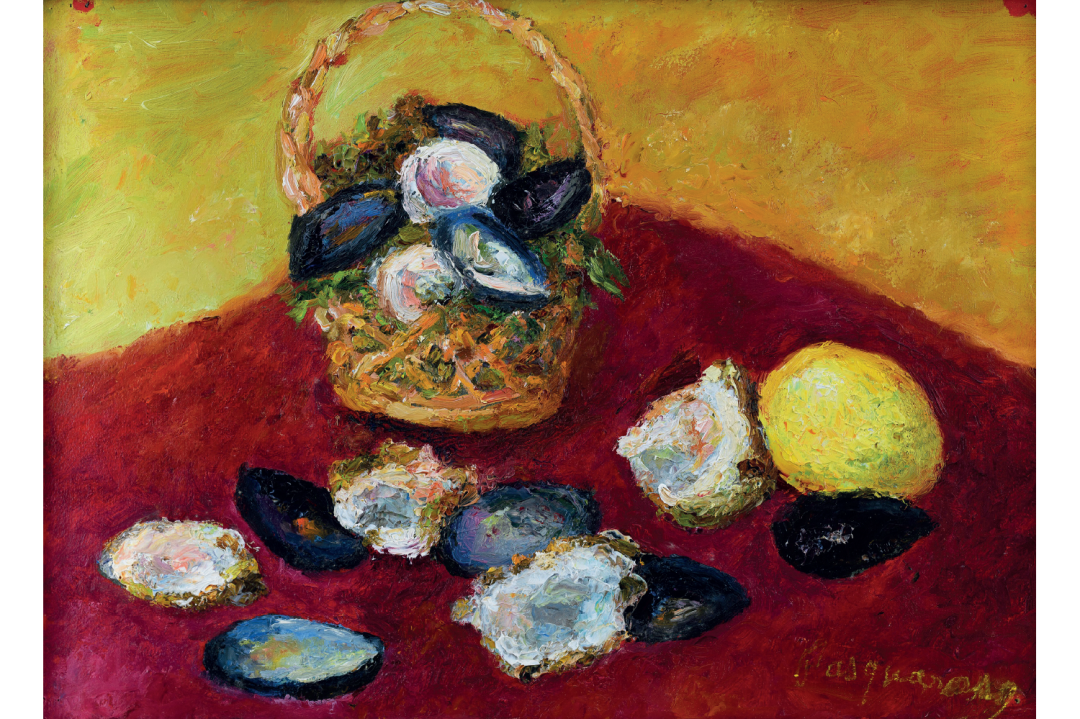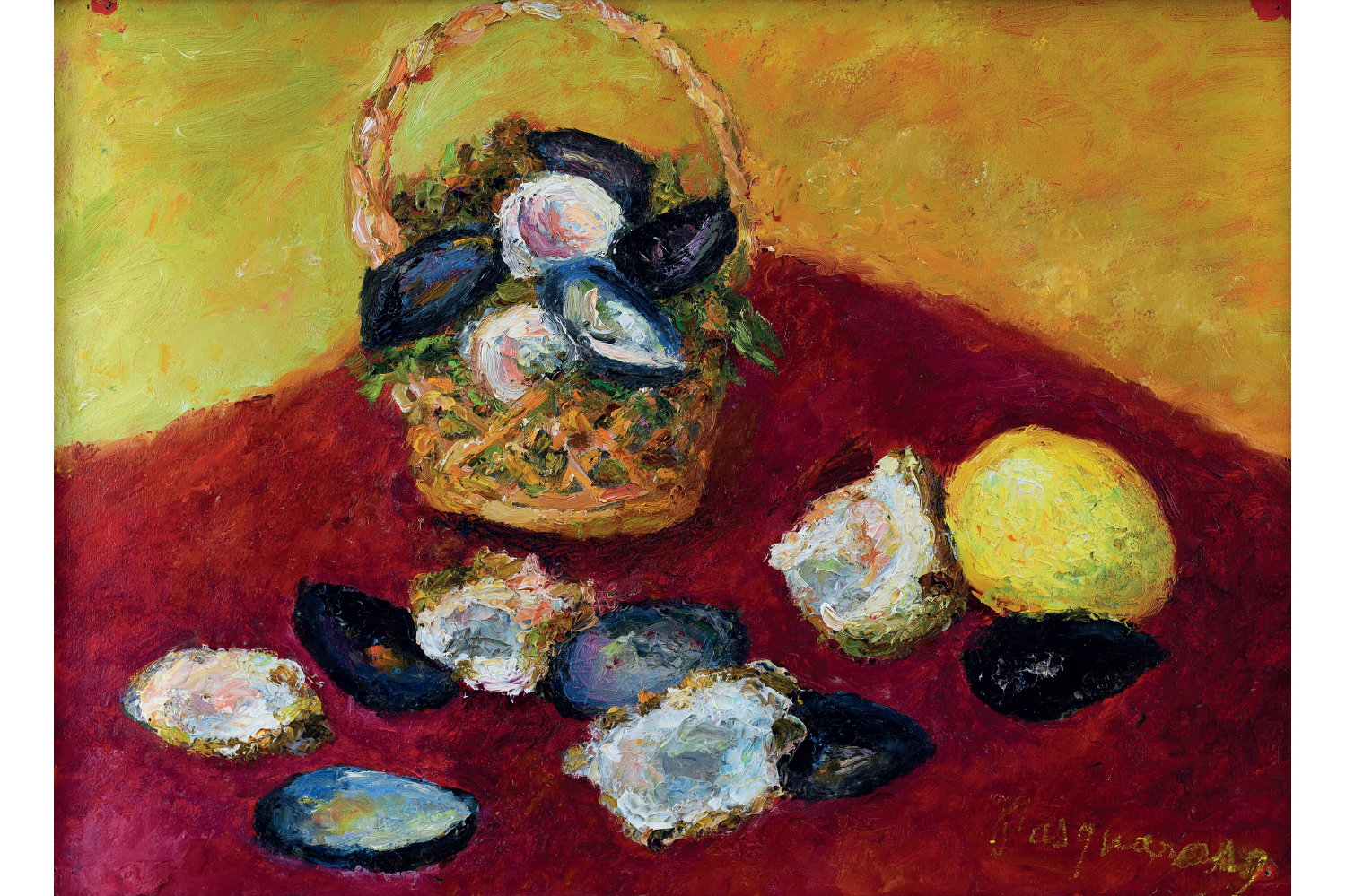In February 1929, an exhibition by a young unknown female painter opened at the Arlington Gallery on Bond Street. This was not surprising in itself, given that the gallery specialised in lesser-known artists. More surprising was the fact that this artist was a woman – and Italian.
As the critic Emilio Cecchi noted in the catalogue: ‘As regards the best Italian art of today the English public knows very little.’ What piqued people’s interest in this particular Italian artist was her fascinating backstory. Born in 1896 in Anticoli Corrado, a small hill town northeast of Rome known as a nursery for artists’ models, Pasquarosa Marcelli had never painted and was virtually illiterate when she moved to the capital in 1912, aged 16, to work as a model. There she fell in love and shacked up with the artist Nino Bertoletti and, inspired by a model friend who had taught herself sculpture, tried her hand at painting.








Comments
Join the debate for just £1 a month
Be part of the conversation with other Spectator readers by getting your first three months for £3.
UNLOCK ACCESS Just £1 a monthAlready a subscriber? Log in